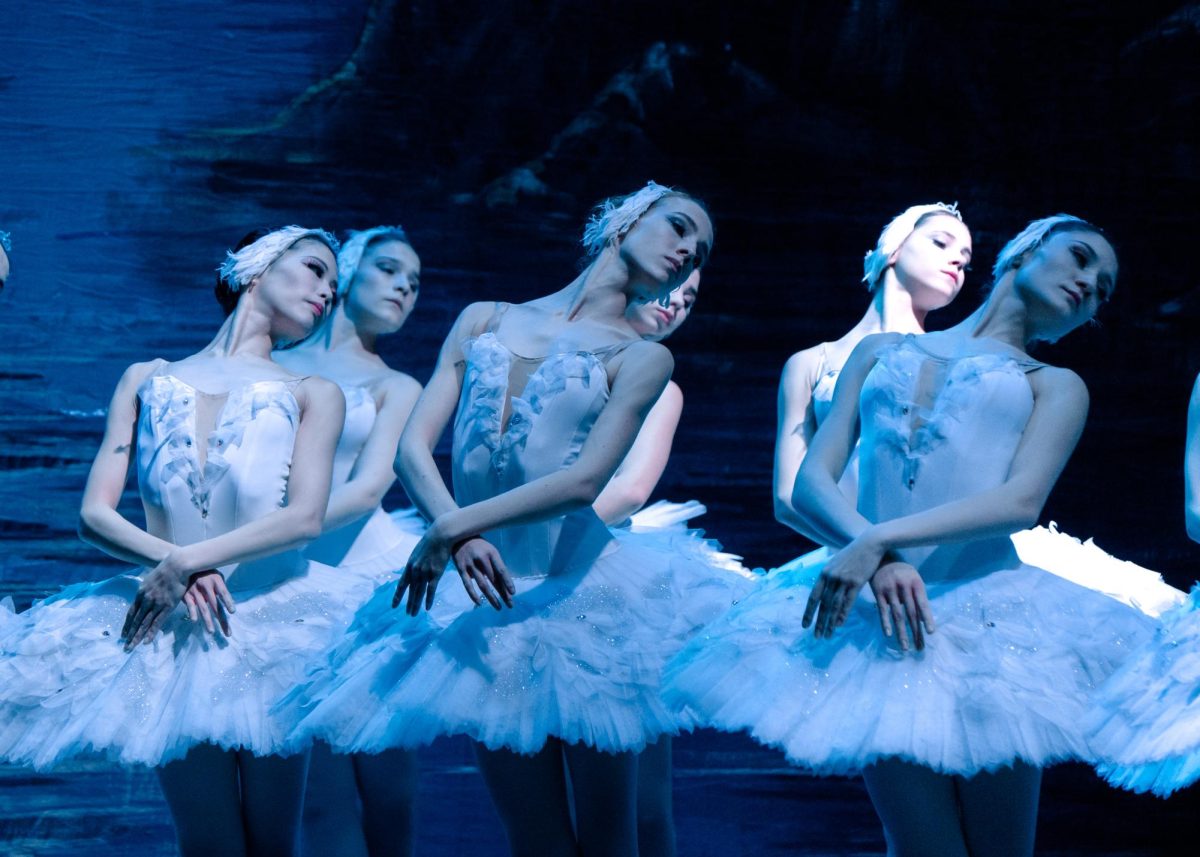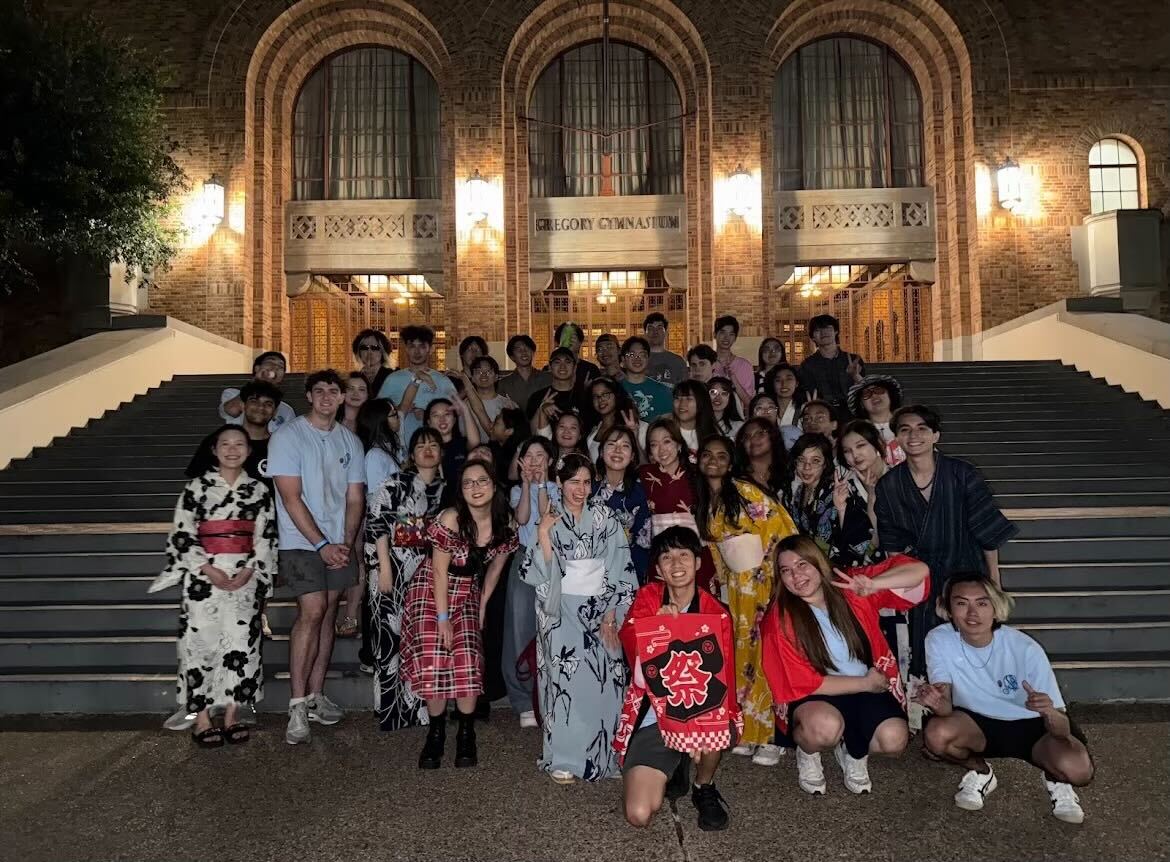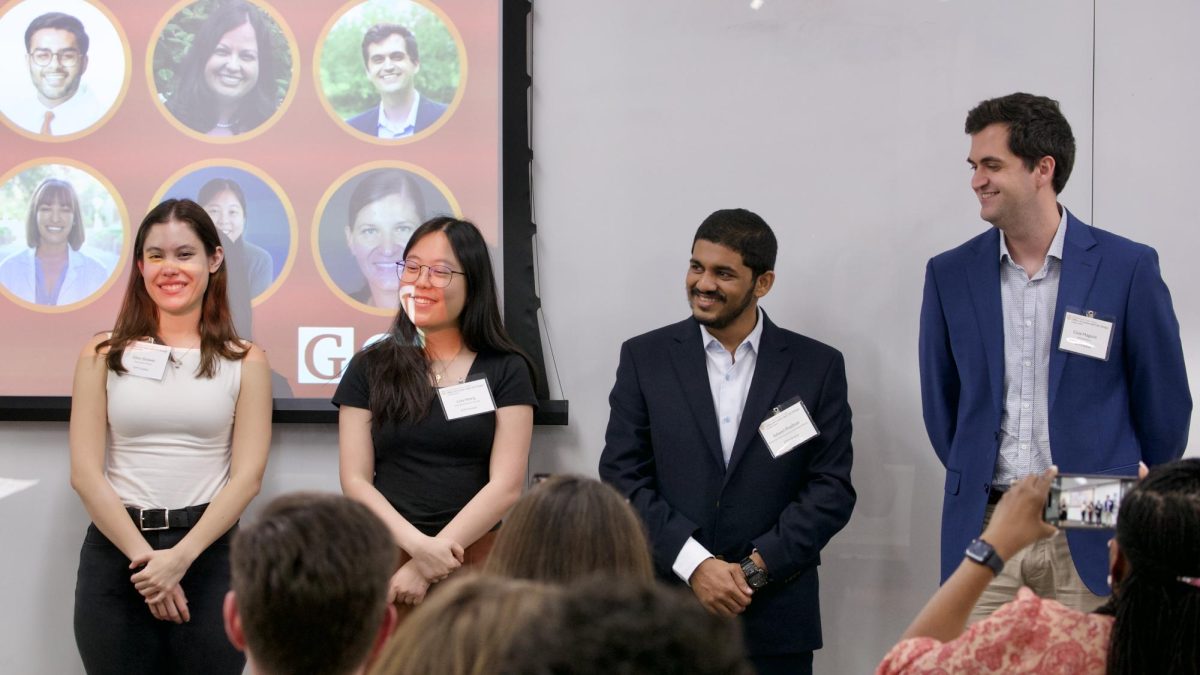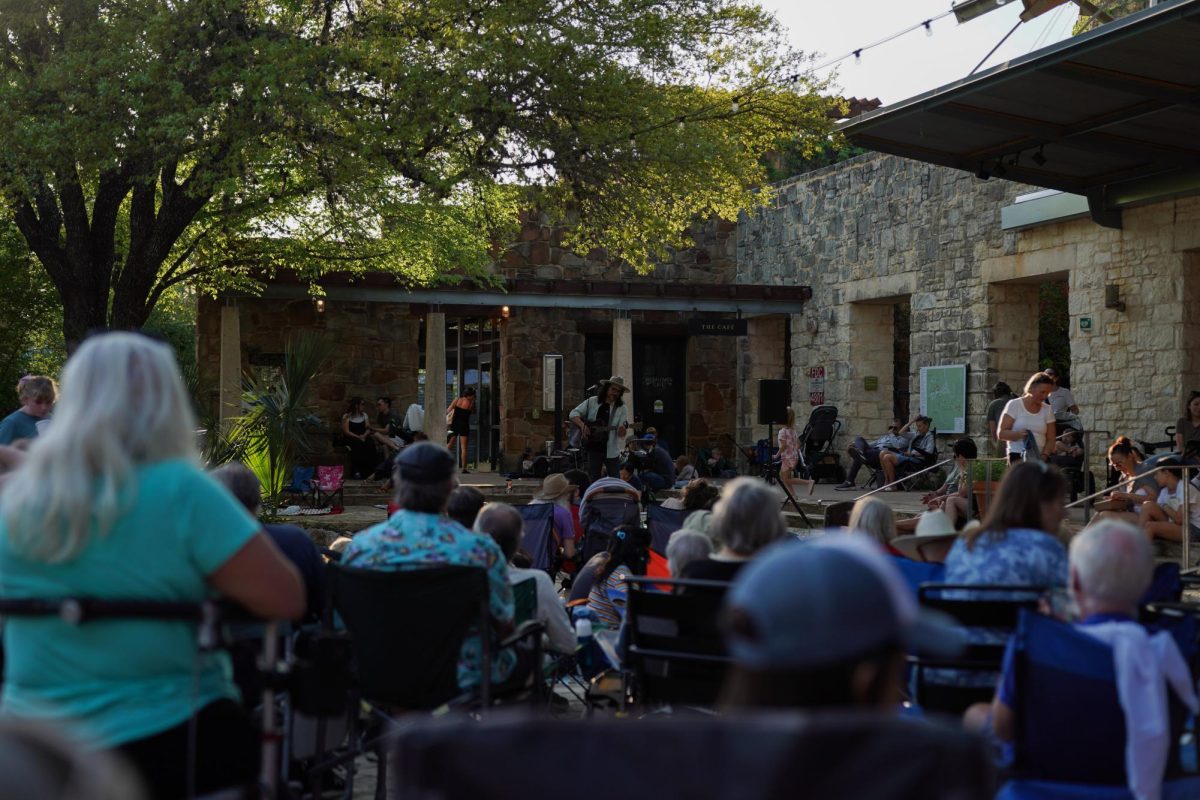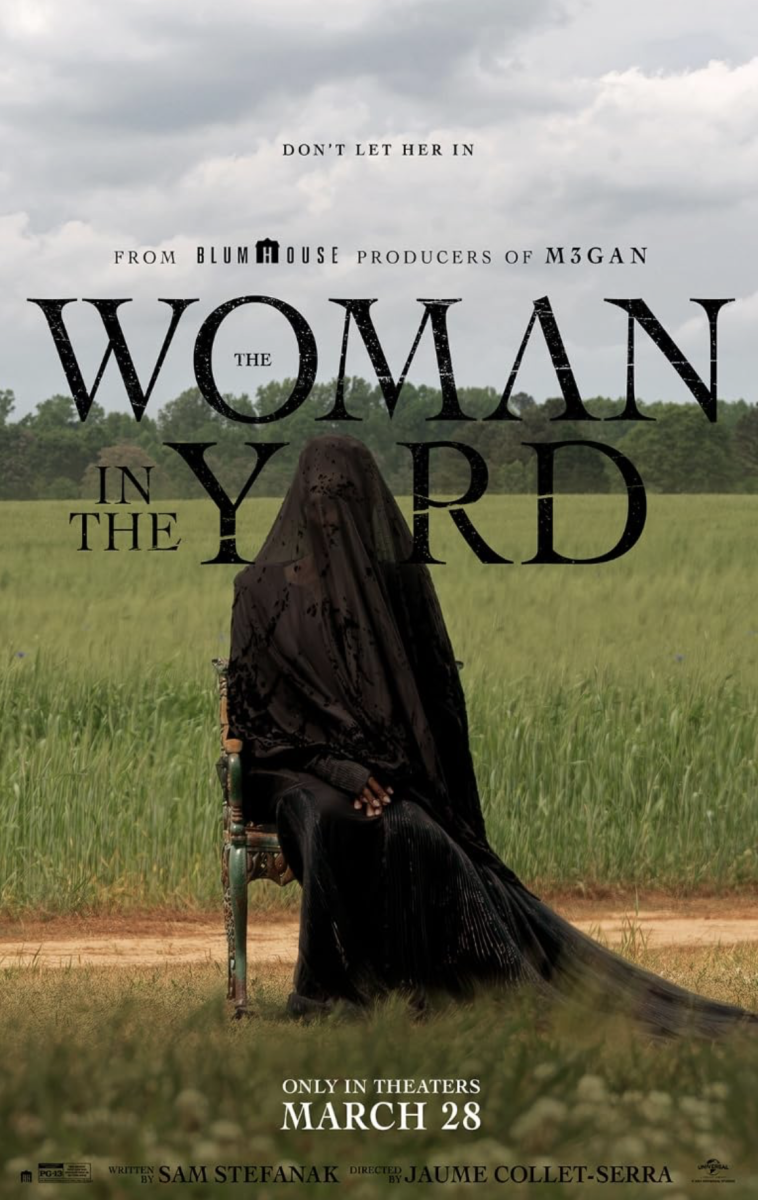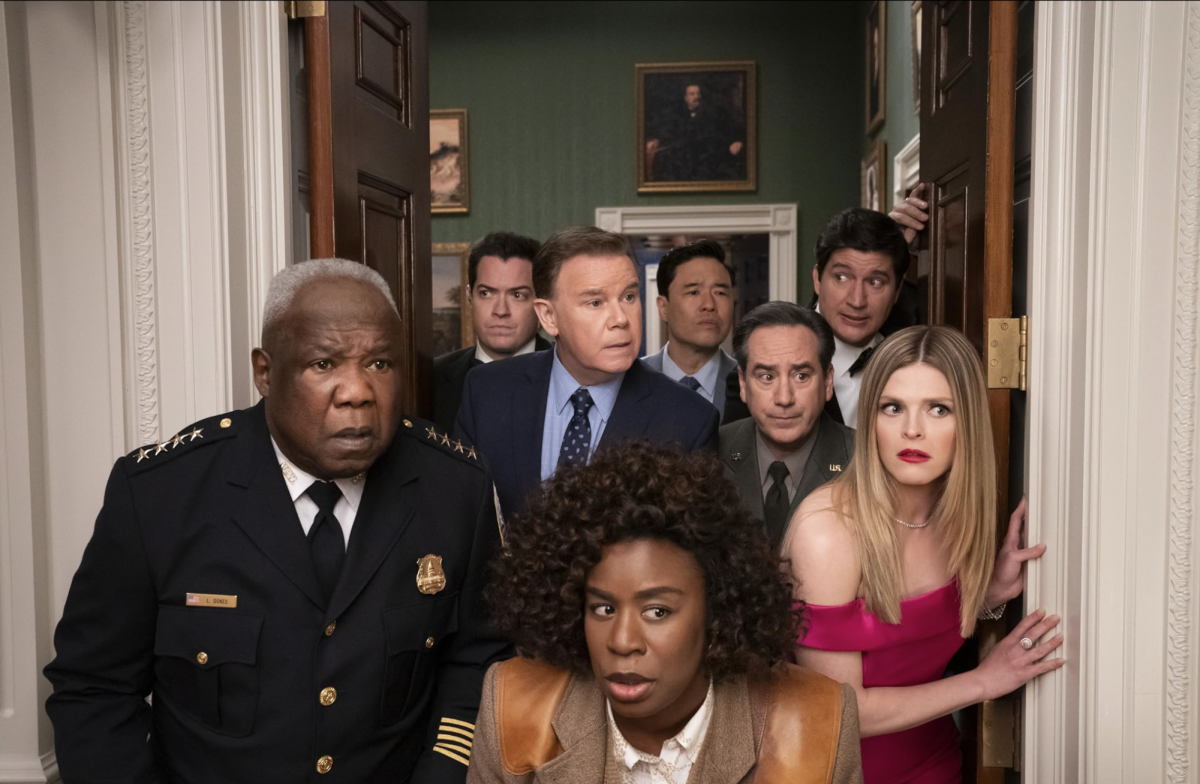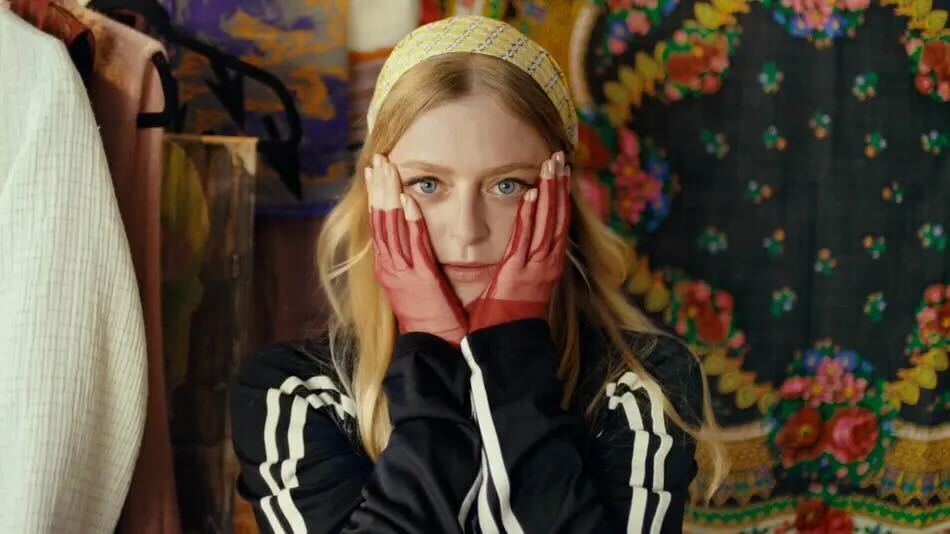When “Harry Potter and the Sorcerer’s Stone” was released in June 1997, many of us college students were still in grade school, maybe barely old enough to dive into a chapter book of the length and heft of this first novel, an introduction to the magical world of Harry Potter and the Hogwarts School of Witchcraft and Wizardry.
The craze took a while to catch on as the books gathered fans and things didn’t truly explode until the release of the fourth book, “Harry Potter and the Goblet of Fire,” in July 2000. Midnight release parties became a staple thereafter. Bookstores were packed with avid young readers who were led to “Harry Potter” by teachers reading them in class, friends lending them copies of books or just by being alive in summer 2000.
My introduction to “Harry Potter” came when my mother sat me down and read the first two chapters of the book to me. After that, I instantly devoured the next two and was one of millions of bright-eyed youths sporting Gryffindor robes and sloppily-drawn lightning bolt scars at the midnight release of “Goblet of Fire.”
For many of my precocious adolescent years, I found myself enthralled with the world of Hogwarts. J.K. Rowling’s rich characters and classes were much more interesting than anything offered at my elementary school. I became a veritable fountain of “Harry Potter” trivia, and my copy of “Prisoner of Azkaban” ended up tattered and torn after being read, lent out and even read in the classroom after my teacher got tired of me bugging her to include “Harry Potter” in the story time rotation.
Years of waiting between “Harry Potter” novels grew less and less trying as the series grew closer to its inevitable close. And as its readers grew up, so did the series. While “Sorcerer’s Stone” was a light-hearted fantasy about an orphan boy who learned he could do magic, the series grew darker starting with “Goblet of Fire,” which took joy in putting Harry into life or death situations and climaxed with the death of a classmate and the return of Voldemort. From there, things only got drearier until “Harry Potter and the Deathly Hallows,” the final book that hit shelves in July 2007, which killed off major characters left and right, often only letting the readers know after the fact.
But more important than the deaths that the books often ended with were the smaller moments of “Harry Potter” — the ones that reminded us that, just like us, Harry and his friends were growing up and were just as human as we were. When Harry was infatuated with Cho Chang, similarly, many of us were slaves to the throes of adolescence. When Harry got bogged down in teenage angst in “Order of the Phoenix,” many of us (myself included) were tired of his character’s whiny antics, unaware that we were likely just as angsty if not more.
And when “Deathly Hallows” was released, it was very much the end of an era. I was a sophomore in high school, edging out of adolescence and threatening to become a bona fide young adult. Ten years and thousands of pages later, the series was about to end. Fans, myself included, feared for their favorite characters’ lives, and we feared not having any more “Harry Potter.” After all, once the boy wizard was all grown up, we couldn’t be far behind, right?
While the wait between books was grueling, the film adaptations lightened the load. Adapting “Harry Potter” was a big commitment for Warner Brothers, an implicit promise that they would adapt all seven books of the franchise into films — eight, in fact, when the seventh book’s narrative proved immune to dilution. The first debuted in 2001, and while the franchise’s early films are never quite as good upon second viewing, it was a magical moment to be a Potter fan the first time John Williams’ iconic, perfect score swept up and Albus Dumbledore walked on screen.
As a whole, the film franchise had its ups and downs. The first two films are the weakest, with painful CGI and soulless direction by Christopher Columbus, who transplanted all of the story and character work from the books wholesale but forgot to include the heart and playful sense of adventure that hooked readers to begin with. “Prisoner of Azkaban” stands among the best of the series thanks to the visual brilliance of director Alfonso Cuarón, who coaxed all of the beauty and wonder out of Hogwarts that the previous films sorely missed. Once David Yates took over the series for 2007’s “Order of the Phoenix,” the films became even more visually stunning. Not to mention more enthralling thanks to the progressing acting skills of Daniel Radcliffe. The two-part “Deathly Hallows” films end the series on its highest note with a wholly satisfying climax.
It’s easy to complain about the “Potter” films, as many characters or plotlines that added flavor to the books were cast aside. Sure, it would have been nice to spend more time with Sirius in “Order of the Phoenix” or work Hermione’s obsession with house elves into “Goblet of Fire.” But it can’t be denied that, even more so than the books, they were very much a lesson in growing up alongside these characters. The books were great, but the films let us watch Radcliffe, Rupert Grint and Emma Watson shoot up like beanstalks, grow their first whiskers and become adults right along with us.
As the final film is released, my days as a teenager are numbered. I’ll be turning 20 in a few months. It’s something of a landmark age, a warning sign of adulthood lurking beyond the auspices of college. It’s funny that the final “Harry Potter” film is hitting theaters just before I enter the awkward transition from young adult to bona fide man-child, that the franchise I’ve spent countless hours with reaches its definitive conclusion just as my teens do the same.
And who hasn’t spent a ridiculous amount of time with Harry and company at Hogwarts? My copies of the books have been read more times than I could begin to guess, both by me and the friends I lent them to. The movies, every one of them, have been an opening night affair, another welcome trip to Hogwarts. “Harry Potter” is arguably the cultural cornerstone of our generation, a phenomenon that even “Potter-haters” couldn’t escape, and one of the best fantasy series ever written. While we didn’t quite get to learn magic at Hogwarts with the characters, we spent hours and hours following the series. The feeling of sitting down with a new novel or having the lights go down for the next movie was more than magical enough for me.
Printed on 07/14/2011 as: Harry Potter puts spell on generation



